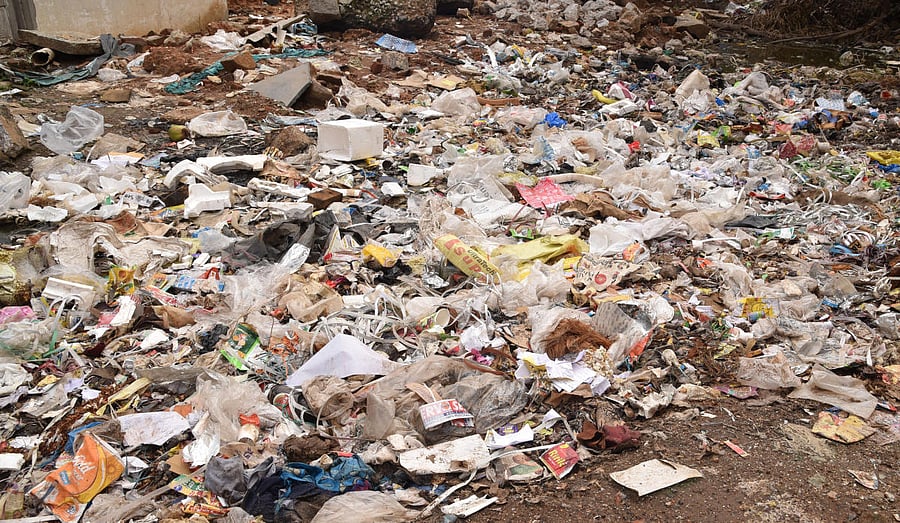The Swachh Bharat Abhiyan has brought waste into everyday consciousness, which is good for all concerned including citizens, waste pickers/sanitation workers and waste management service providers. However, along the way, a myth has been taken root that there is “wealth in waste”, and therefore no one has to pay for responsible waste management. This article is an attempt to unravel the reality of responsible waste management economics.
A negative value process
The end-to-end chain from picking up the waste from the source of generation to the end where it is responsibly processed or disposed is a negative value process. That is to say, even with today’s cutting edge technologies, the cost, time and labour required to responsibly collect, transport and process waste is higher than the revenue that can be generated from transformation of waste into something of value — be it energy, compost, biogas, fuel, recycled to original material, repurposed usage, refurbished products or disposal in scientific landfills. Also, the points in the value chain that generate surplus margins don't share it across the value chain.
Many problems that we face today in cities in managing waste effectively is because of the lack of understanding of the economics of waste management. For example, many urban local bodies who take up the responsibility of collection, transportation themselves or through tendered contractors grossly underestimate the costs involved. Then, the project becomes viable only if they cut corners or resort to corrupt practices leading to uncollected waste, illegal dumping etc.
Who should pay for responsible waste management?
If the above is accepted, then the obvious question is who should pay so that waste can be managed with least to no negative impact on the environment. There are only three stakeholders who can absorb the negative value:
1. The waste generator (consumer/communities)
2. The producer of the products consumed which leads to waste
3. The government
The waste generator: The generator should bear part of the cost through what is universally accepted as the “polluter pays principle” and should ideally cover the collection and transportation till destination, including any tipping fee charged by the destination. To make it equitable, a “pay as much as you generate” pricing model can be implemented. In addition to the user fee, the generator has one critical responsibility: to segregate waste at source into three streams — wet, dry and domestic hazardous waste. Without this, the cost of segregating increases and the percentage of material recovered for recycling becomes lower.
The producer: The producer should be responsible for the collection and processing of the waste that the consumption of their products generates. The Extended Producer Responsibility (EPR) concept pioneered in Europe, and now part of India’s waste management rules advocates this. The producers can work with waste management companies to recover the waste generated by their products and pay for the costs of the same. To embrace the circular economy, they should design their products to produce less waste, and move from minimising "cost of production" where waste management is an externality to be borne by others, to "cost of consumption".
The government: The government has traditionally used tax money either raised through specific garbage/SWM cess or through revenue from property tax to cover the costs of waste management. The role of the government should be to implement progressive policies and provide a critical component — land and infrastructure for transfer stations, Dry Waste Segregation Centres (DWCC) and processing facilities like plastic recycling plants, hazardous waste incineration, low-value plastic to fuel facilities etc.
No discussion on who pays for it is complete without talking about the much-touted Waste to Energy (WtE) through incineration. No WtE plants are viable without government subsidy or tipping fees even in the developed countries. Secondly, the waste composition in India has 50 to 65% of wet waste with high moisture content, which brings down the calorific value of the waste. Finally, the CAPEX per tonne is exorbitant, making it a non-starter as a solution across such a country such as India.
If the above is implemented, our cities will be clean, helping mitigate climate change. At the end of the day, sustainability has to meet financial viability. Understanding the economics of waste management is the first step.
(The writer is Co-founder/Director, Hasiru Dala Innovations)
